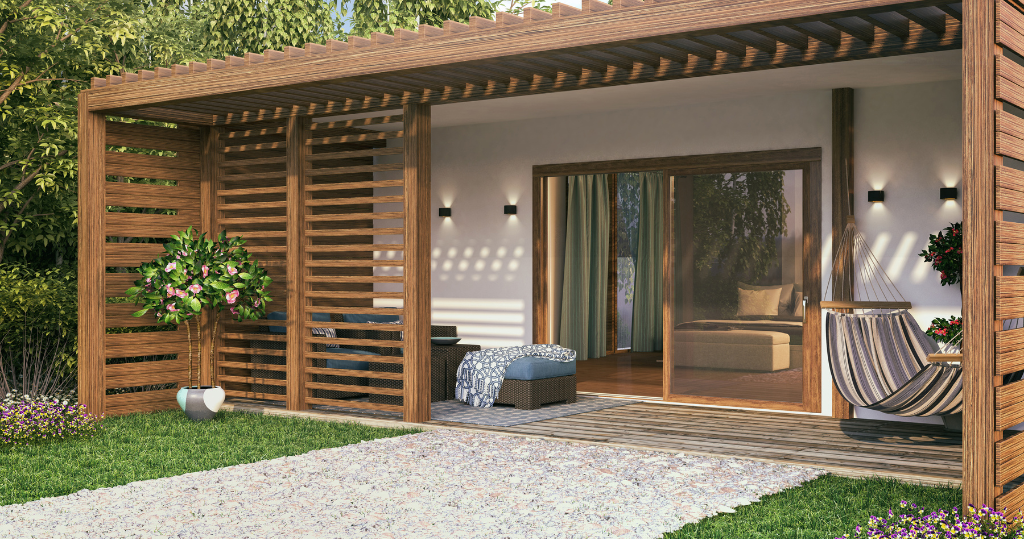
Is Adding a Granny Flat to Your Home a Smart Move?
In recent years, granny flats have gained popularity as versatile and cost-effective additions to homes in Queensland. These secondary dwellings offer various benefits to homeowners. However, whether or not a granny flat is a good addition to your home in Queensland depends on your specific needs and circumstances. Here’s a list of pros and cons to consider before adding a granny flat to your property and help you make an informed decision.
The Pros of Adding a Granny Flat
Rental Income: One of the most significant advantages of having a granny flat is the potential for rental income. You can rent it out to tenants, providing you with a steady source of additional income to offset mortgage payments or household expenses.
Increased Property Value: Adding a well-designed and functional granny flat can significantly increase the overall value of your property. This can be particularly beneficial when it comes time to sell your home in the future.
Multi-Generational Living: Granny flats are perfect for accommodating extended family members, such as aging parents or adult children. They offer privacy and independence while allowing family members to stay close.
Flexibility: Granny flats are versatile spaces that can be used for various purposes, such as a home office, studio, guest accommodation, or even a gym. This flexibility makes them valuable additions to your property.
Quick Construction: Granny flats are relatively quick to construct, making them a convenient option if you need additional space within a shorter timeframe compared to a traditional home extension.
The Cons of Adding a Granny Flat
Regulatory Requirements: Queensland has specific regulations and building codes governing the construction and use of granny flats. You’ll need to navigate these regulations and obtain the necessary permits, which can be time-consuming and may require professional assistance.
Initial Cost: While granny flats can provide long-term financial benefits, the initial cost of construction can be significant. You’ll need to consider your budget and financing options. Be careful not to overcapitalise if this is purely for investment.
Maintenance: Like any other dwelling, granny flats require maintenance and upkeep. You’ll need to factor in ongoing maintenance costs into your budget.
Privacy Concerns: If you’re renting out the granny flat, you may need to consider privacy concerns, both for your tenants and your family. Adequate screening and separation may be required. If you are renting out the primary residence too separately, then this will not appeal to as many renters as their privacy will be compromised.
Resale Value Considerations: While granny flats can increase property value, some potential buyers may view them as less desirable. It’s essential to consider the preferences of future buyers when making your decision. Th amount you spend on the granny flat may not be recouped in the resale if you have overcapitalised so do your homework before you build.
Regulations and Approvals
Queensland has specific regulations governing granny flats, including:
Zoning Requirements: Verify if your property falls within a zone where granny flats are permitted. Often they are not allowed in high capital growth areas.
Size and Design: Ensure your granny flat adheres to size and design guidelines established by your local council.
Building Approvals: Obtain necessary building approvals and permits before constructing a granny flat.
Utilities and Services: Determine how utilities like water, electricity, and sewage will be connected to the granny flat.
Compliance with Building Codes: Ensure that the construction complies with Queensland’s building codes and standards.
Adding a granny flat to your Queensland home can provide several advantages, such as rental income and flexible living arrangements. However, it’s essential to weigh these benefits against the potential drawbacks, including limitations on resale or rental appeal. Additionally, carefully consider factors such as upfront costs, management responsibilities, and adherence to council regulations.
By taking a well-informed approach, you can make a decision that aligns with your goals, enhances your property’s functionality, and maximises its value while minimising potential downsides.

